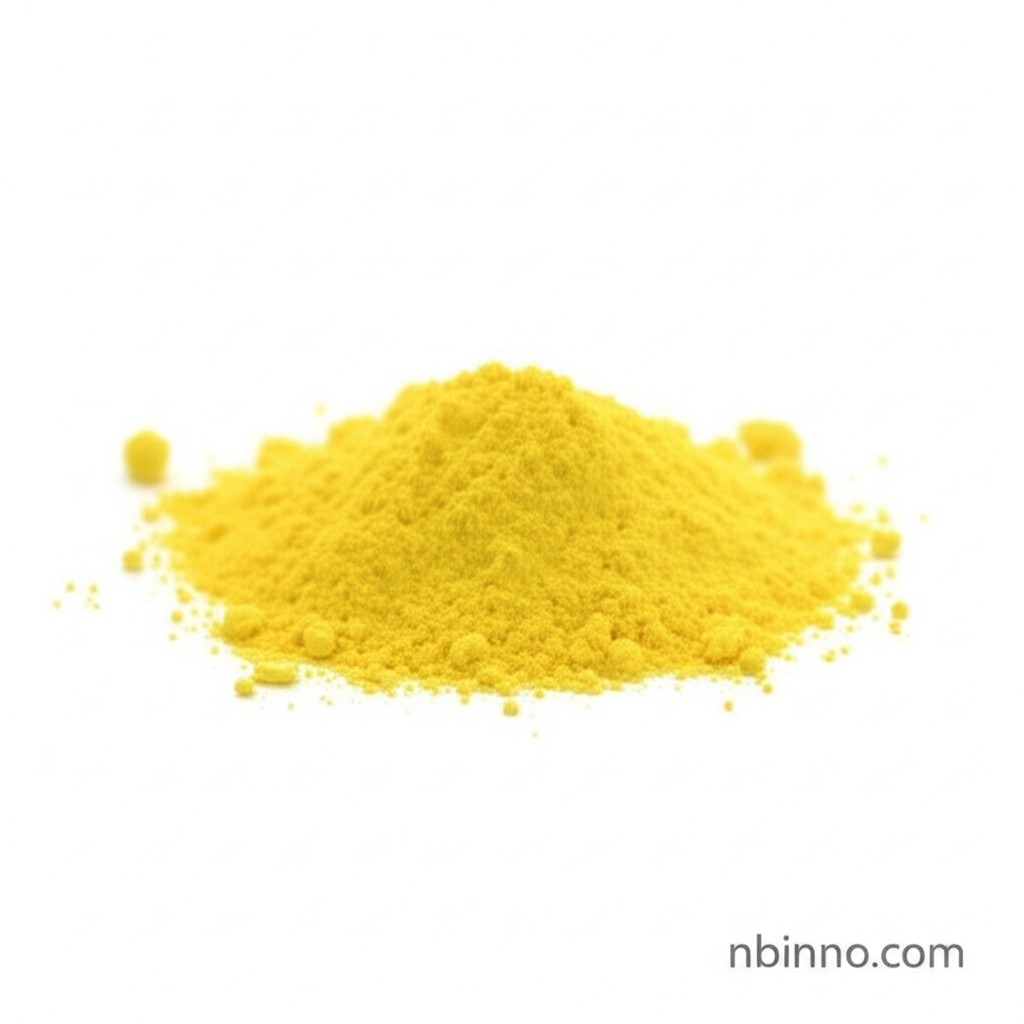5-Thiophen-2-yl-2H-tetrazole: A Versatile Heterocyclic Compound for Pharmaceutical and Material Science Applications
Explore the multifaceted applications of this key heterocyclic intermediate in modern chemical research and development.
Get a Quote & SampleProduct Core Value

5-Thiophen-2-yl-2H-tetrazole
This compound serves as a crucial building block and intermediate in the synthesis of various advanced organic molecules. Its unique heterocyclic structure, combining a thiophene ring with a tetrazole moiety, lends itself to diverse chemical transformations and biological interactions, making it invaluable for pharmaceutical research and the development of novel functional materials.
- Discover the significant anticancer activity of tetrazole derivatives, with reported IC50 values comparable to established chemotherapeutics.
- Investigate the potential for developing new antibiotics based on the biological activity of tetrazole derivatives, showing antibacterial activity against various pathogens.
- Learn about the utility of this compound in the synthesis of functional materials, enhancing properties like conductivity and thermal stability for advanced applications.
- Explore the catalytic applications of tetrazoles in organic reactions, facilitating efficient chemical transformations.
Key Advantages
Diverse Biological Activities
The compound demonstrates a broad spectrum of biological activities, including antiviral, anti-inflammatory, anticancer, and antimicrobial effects, offering a promising scaffold for drug discovery.
Material Science Versatility
It acts as a precursor in the synthesis of functional materials, contributing to enhanced conductivity and thermal stability, essential for electronics and nanotechnology.
Catalytic Potential
The compound's ability to stabilize transition states makes it a valuable catalyst in organic reactions, improving efficiency and reaction rates in various synthetic pathways.
Key Applications
Pharmaceutical Synthesis
Utilized as a key intermediate in the development of new therapeutic agents, leveraging its diverse biological activities for antiviral, anticancer, and anti-inflammatory drug research.
Functional Materials Development
Incorporated into polymers and coordination complexes to enhance properties like conductivity and thermal stability, finding use in electronics and nanotechnology.
Organic Catalysis
Explored for its catalytic properties in organic reactions, such as cycloadditions and nucleophilic substitutions, facilitating reaction pathways.
Chemical Research and Development
Serves as a versatile building block for chemists exploring novel molecular structures and synthetic methodologies in various scientific disciplines.
